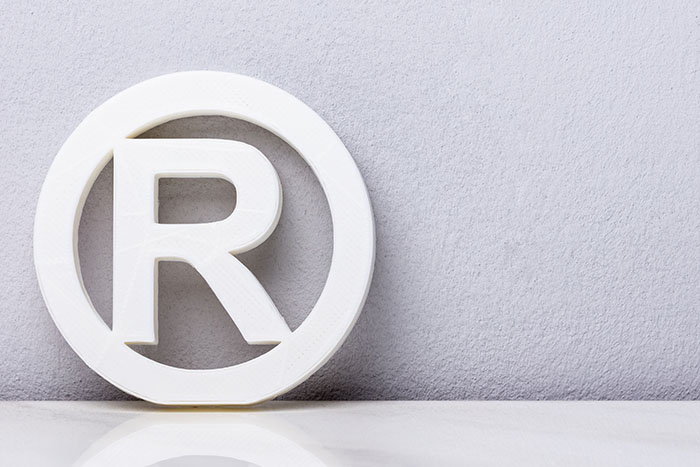Prior to the end of the Brexit transition period there were two ways of obtaining registered trade mark protection in the UK. You could register a UK national trade mark which is enforceable in the UK only. Alternatively, you might have chosen to obtain a European trade mark or EUTM, a single registration enforceable in all 28 European Member States, including the UK.
UK rights granted free of charge
This changed at the end of the transition period when the UK left the EUTM system. EUTMs are now no longer enforceable in the UK, although they remain valid in the EU27. To compensate EUTM owners, the UK Intellectual Property Office (UKIPO) has granted equivalent UK national trade marks, known as ‘comparable trade marks’ free of charge and they now appear on the UK trade marks register. The comparable mark retains the same priority date as the original EUTM and has the same renewal dates. If you had registered UK seniority rights against the EUTM (to preserve rights arising from earlier UK marks) this seniority now also applies to the comparable mark.
No trade mark certificates will be issued for comparable marks but ownership can be evidenced by an extract from the UK electronic trade mark register.
UK address for service
A UK address for service is now required for all new trade mark applications and requests to start contentious proceedings before the UK Intellectual Property Office.
Opting out
If you do not use your EUTM in the UK you may not wish to maintain the comparable right. You can simply allow it to lapse at the next renewal, but you are also free to opt out by notifying the UKIPO. However, you cannot opt out if you have used the mark after 31 December 2020. If a third party has an interest in or under the mark – for example, if you have granted a licence or there is a security interest – then you must clear the position with the third party first.
Pending applications for EUTMs
If your EUTM application was still pending at 31 December 2020, that application has lapsed in relation to the UK. However, if you wish to apply for an equivalent UK mark within nine months from 1 January 2021 you will be able to preserve the priority of your original EUTM application, giving you the right to oppose conflicting UK marks applied for after that date. Full UK application fees are, however, payable.
Licences and security interests
Licences and security interests will normally attach to the comparable UK mark whether or not they were registered against the EUTM. It is important to note, however, that the registrations will not automatically be entered on the UK register. The parties have twelve months from 1 January 2021 to copy existing registrations across to the UK register before the adverse consequences of failure to register kick in.
Licence agreements covering the ‘European Union’
Under measures introduced in the UK at the end of the transition period, reference to the European Union in a licence agreement relating to an EUTM will normally be regarded as including the UK unless the licence suggests otherwise. This means that the licensee should generally be able to continue its activities using the comparable mark. However, it is unclear how this will play out if the matter comes before a non-UK court or if the contract is subject to foreign law. If in doubt, we recommend taking legal advice on the licence agreement.
So what are the downsides?
An EU27 trade mark plus a UK national registration (including a UK comparable mark) should give you good trade mark protection across Europe. As with any new legal arrangement there are a few downsides.
Although initially the UK comparable mark is free, you will in future have to pay UK renewal fees in addition to fees for renewing the EUTM for the EU27.
If there is infringement in more than one European country you will have to sue separately in the UK, whereas previously you could have sued in one EU28 court in respect of all EU28 Member States and potentially achieved pan-EU remedies such as injunctions.
Under the principle of ‘use it or lose it’ trade marks become vulnerable to revocation if there has not been sufficient use for a continuous period of five years. Before 31 December 2020, use in any EU28 country could contribute towards the validity of the EUTM as a whole. Use in the EU27 will continue to count for the UK comparable mark in respect of any part of the five year period before 31 December 2020. If, however, you think there may be difficulty in maintaining sufficient use in both the UK and the EU27 going forward, we suggest you take advice. In some situations it may be preferable to make a fresh application.

 Elaine O'Hare
Elaine O'Hare